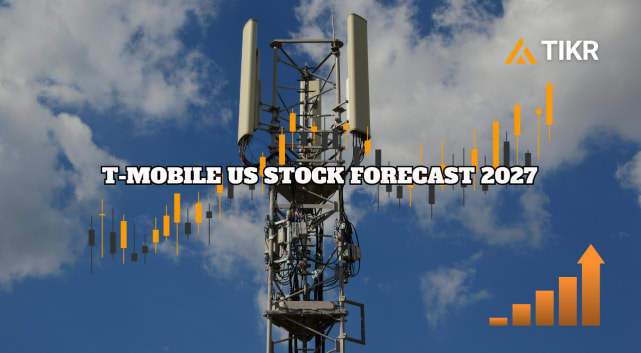Synchrony Financial (NYSE: SYF) has staged an impressive recovery since 2024 as credit quality stabilized and profits held strong. The stock trades near $74/share, up sharply over the past year, supported by resilient consumer spending and disciplined underwriting.
Recently, Synchrony announced a multi-year partnership with OnePay to become the exclusive issuer of a new credit-card program for Walmart and OnePay, featuring both a private-label card and a general-purpose Mastercard embedded inside the OnePay app. The program, expected to launch in late 2025, expands Synchrony’s reach in digital payments and fintech-based lending. The company also reported quarterly results that topped expectations, supported by strong credit performance and resilient purchase volumes. These developments show Synchrony is adapting well to a slower credit cycle and finding new ways to grow beyond traditional store cards.
This article explores where Wall Street analysts think Synchrony’s stock could trade by 2027. We’ve gathered consensus price targets and valuation model data to outline its potential upside based on current analyst expectations. These figures reflect market forecasts and are not TIKR’s own predictions.
Find out what a stock’s really worth in under 60 seconds with TIKR’s new Valuation Model (It’s free) >>>
Analyst Price Targets Suggest Modest Upside
Synchrony trades around $74/share today. The average analyst price target is $83/share, suggesting roughly 11% upside. Forecasts remain relatively tight:
- High estimate: ~$100/share
- Low estimate: ~$60/share
- Median target: ~$84/share
- Ratings: 12 Buys, 3 Outperforms, 7 Holds, 1 Underperforms
For investors, this points to modest potential for gains. Analysts see Synchrony as fairly valued after a strong rebound, with further upside likely to depend on sustained earnings growth and stable credit quality rather than a valuation re-rating.

Discover how much upside your favorite stocks could have using TIKR’s new Valuation Model (It’s free) >>>
Synchrony: Growth Outlook and Valuation
Synchrony’s fundamentals remain steady, supported by consistent profitability and solid capital returns:
- Revenue is projected to rise 0–1% annually through 2027
- Operating margins remain strong near 66%
- Shares trade at about 7× forward earnings, slightly below the long-term average
- Based on analysts’ average estimates, TIKR’s Guided Valuation Model using those inputs suggests around $76/share by 2027
- That implies roughly 2% total return over the next two years.
For investors, these figures show that Synchrony’s valuation already prices in much of its credit stability. The stock offers dependable earnings and solid risk management but limited growth catalysts in the near term.

See a stock’s true value in under 60 seconds (Free with TIKR) >>>
What’s Driving the Optimism?
Synchrony continues to benefit from strong credit performance and stable consumer spending. Its partnerships with major retail and digital platforms like Amazon, PayPal, and now OnePay keep transaction volumes healthy and help the company capture consistent lending demand.
Management’s disciplined approach to underwriting and expense control has also supported strong returns on equity, even in a higher-rate environment. For investors, these strengths suggest Synchrony can maintain solid profitability and navigate economic cycles more smoothly than many smaller lenders.
Bear Case: Slower Growth and Higher Funding Costs
Even with these positives, Synchrony’s growth prospects appear limited. Loan growth has started to slow as consumers turn more cautious, while funding costs remain elevated. If interest rates stay high, net interest margins could stay under pressure.
For investors, that means upside may be constrained. The stock’s valuation already reflects stable credit conditions, leaving little room for disappointment if delinquencies rise or spending softens further.
Outlook for 2027: What Could Synchrony Be Worth?
Based on analysts’ average estimates, TIKR’s Guided Valuation Model suggests Synchrony could trade near $76/share by 2027, implying roughly 2% total return from current levels.
While this outlook points to stability, it assumes steady credit trends and moderate growth. To unlock stronger upside, Synchrony would need to surprise investors with faster loan growth, higher returns on capital, or lower funding costs. Without that, the stock is likely to deliver dependable but limited returns.
For investors, Synchrony remains a well-managed, income-focused stock that offers consistency rather than big gains.
AI Compounders With Massive Upside That Wall Street Is Overlooking
Everyone wants to cash in on AI. But while the crowd chases the obvious names benefiting from AI like NVIDIA, AMD, or Taiwan Semiconductor, the real opportunity may lie on the AI application layer where a handful of compounders are quietly embedding AI into products people already use every day.
TIKR just released a new free report on 5 undervalued compounders that analysts believe could deliver years of outperformance as AI adoption accelerates.
Inside the report, you’ll find:
- Businesses already turning AI into revenue and earnings growth
- Stocks trading below fair value despite strong analyst forecasts
- Unique picks most investors haven’t even considered
If you want to catch the next wave of AI winners, this report is a must-read.
Find out what your favorite stocks are really worth (Free with TIKR) >>>







